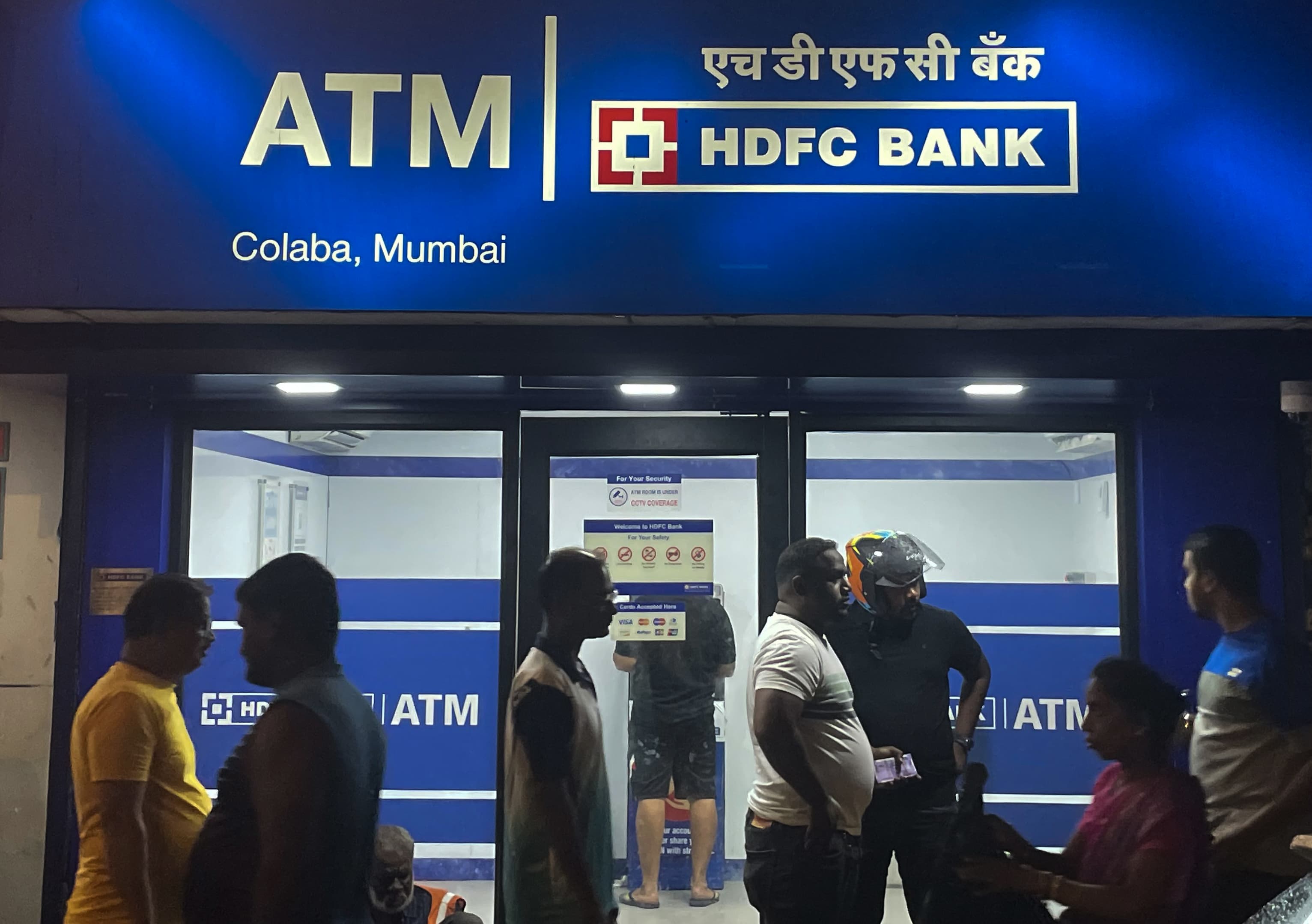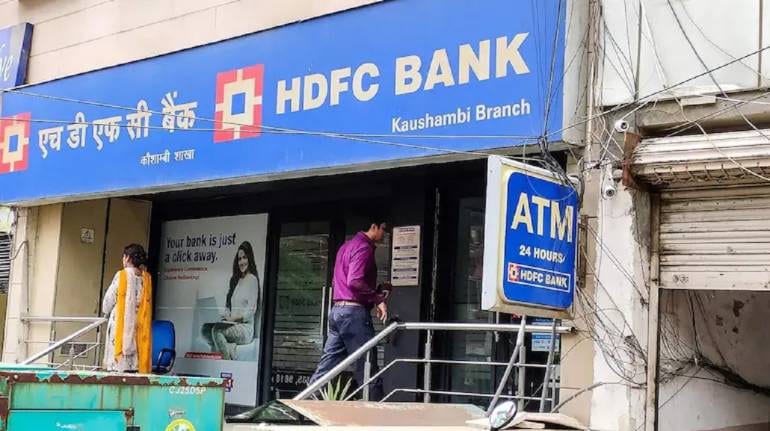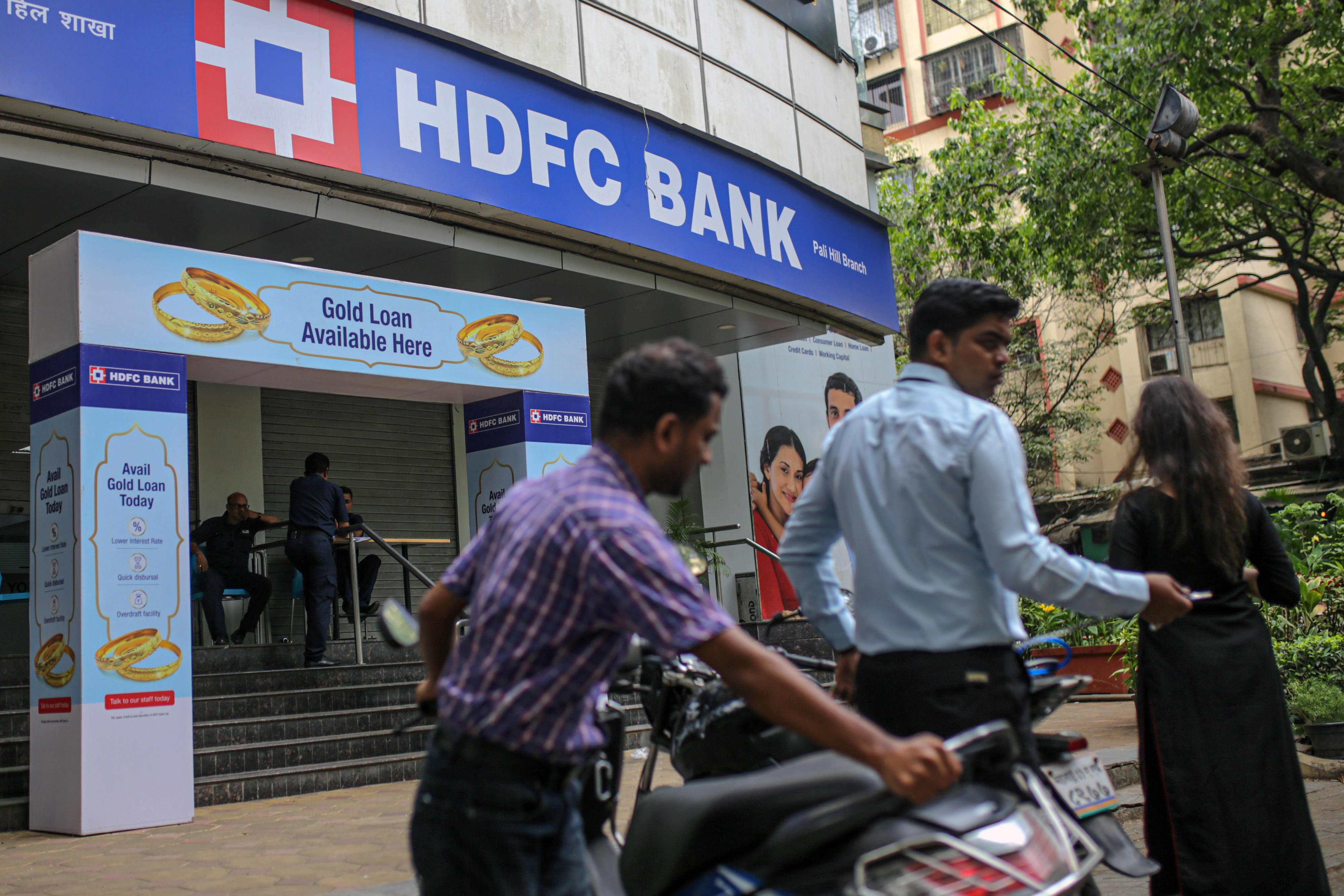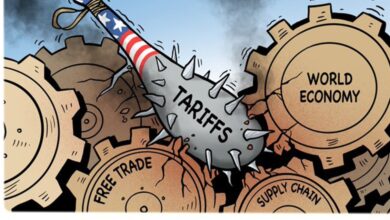HDFC Bank Faces Stock Slump Amid Merger Concerns: Investors on Edge

HDFC Bank Faces Stock Slump Amid Merger Concerns: Investors on Edge
In a surprising turn of events, HDFC Bank‘s stock took a nosedive on Wednesday, closing nearly 4% lower and earning the dubious distinction of being the top loser on both market indices. The sharp decline sent shockwaves through the financial markets and left investors on edge. But what triggered this unexpected downturn?
The answer lies in a critical disclosure made during an analyst meet held by HDFC Bank. The bank revealed that its proposed merger with HDFC Ltd would have a significant impact on key financial metrics, particularly margins and bad loan ratios. This revelation rattled investors and sparked a sell-off of HDFC Bank’s shares.

Let’s delve deeper into the details of this merger and the implications it carries for HDFC Bank.
The HDFC Bank-HDFC Ltd Merger
HDFC Bank, one of India’s leading private sector banks, had announced its intention to merge with HDFC Ltd, a prominent housing finance company, in a move that promised to create a financial powerhouse in the Indian banking and housing finance sector. The merger was seen as a strategic maneuver that could provide the combined entity with a competitive edge in a highly competitive market.
However, the devil, as they say, is in the details, and it is these very details that have caused consternation among investors.
Impact on Financial Metrics
At the analyst meet, HDFC Bank executives candidly admitted that the merger would impact some of the bank’s crucial financial metrics. Two metrics, in particular, have grabbed the attention of investors: margins and bad loan ratios.
1. Margins: HDFC Bank acknowledged that the merger would likely exert downward pressure on its margins. Margins, in the context of banking, refer to the difference between the interest rate at which a bank lends and the interest rate it pays on deposits. Worryingly, this could translate into lower profitability for the bank. Investors tend to be very sensitive to any news that might affect a company’s profitability, making this a significant concern.
2. Bad Loan Ratios: Another alarming revelation was the bank’s projection that its gross bad loan ratio would increase to 1.4% as of July 1 following the merger. Bad loans, often referred to as non-performing assets (NPAs), are loans where borrowers have defaulted on payments. A rising bad loan ratio can signal deteriorating asset quality and pose a risk to a bank’s stability. Investors, understandably, were unnerved by this projection.

Investor Sentiment and Market Reaction
The impact of these disclosures on investor sentiment was immediate and profound. Shareholders, worried about the potential erosion of the bank’s profitability and the uptick in bad loans, rushed to sell their holdings. This mass sell-off led to a rapid decline in HDFC Bank’s stock price, making it the worst performer on the market that day.
The market reaction underscores the significance of HDFC Bank in India’s financial landscape. As one of the country’s largest and most reputable banks, HDFC Bank has a substantial presence in the stock market, and its performance can significantly influence overall market trends.
Analysts’ Take
Financial analysts have been quick to dissect the implications of these revelations. While some view the merger as a strategic long-term move that could yield benefits in the future, others are concerned about the short-term challenges it presents.
1. Long-Term Potential: Proponents of the merger argue that combining HDFC Bank’s banking expertise with HDFC Ltd’s housing finance capabilities could create a financial institution with a diverse product portfolio and a strong competitive advantage. Over time, this could lead to synergies and increased profitability.
2. Short-Term Challenges: On the flip side, critics worry that the immediate impact on margins and the rise in bad loans could put pressure on the bank’s stock price and financial health. This short-term uncertainty is a cause for concern, especially in a market as dynamic as India’s.
Regulatory Scrutiny and Shareholder Approval
The proposed merger between HDFC Bank and HDFC Ltd is not a done deal. It must undergo rigorous regulatory scrutiny and gain approval from the respective boards and shareholders of both entities. The recent disclosures may lead to heightened scrutiny during this approval process, as regulators and shareholders seek to ensure that the merger is in the best interest of all stakeholders.

Conclusion
HDFC Bank’s unexpected plunge in stock price following the disclosure of potential challenges posed by its merger with HDFC Ltd serves as a stark reminder of the delicate balance between strategic vision and immediate market concerns. While the merger holds the promise of long-term benefits, such as a broader product offering and enhanced competitiveness, investors are rightfully anxious about the short-term impact on margins and bad loan ratios.
The next steps for HDFC Bank will involve navigating the regulatory approval process and addressing investor concerns. The outcome of these efforts will determine whether the merger proceeds as planned and how the bank manages the challenges it anticipates in the wake of this significant corporate move.
In the meantime, the eyes of the financial community remain fixed on HDFC Bank, as its performance and strategic decisions continue to have far-reaching implications for India’s banking and financial sector.




